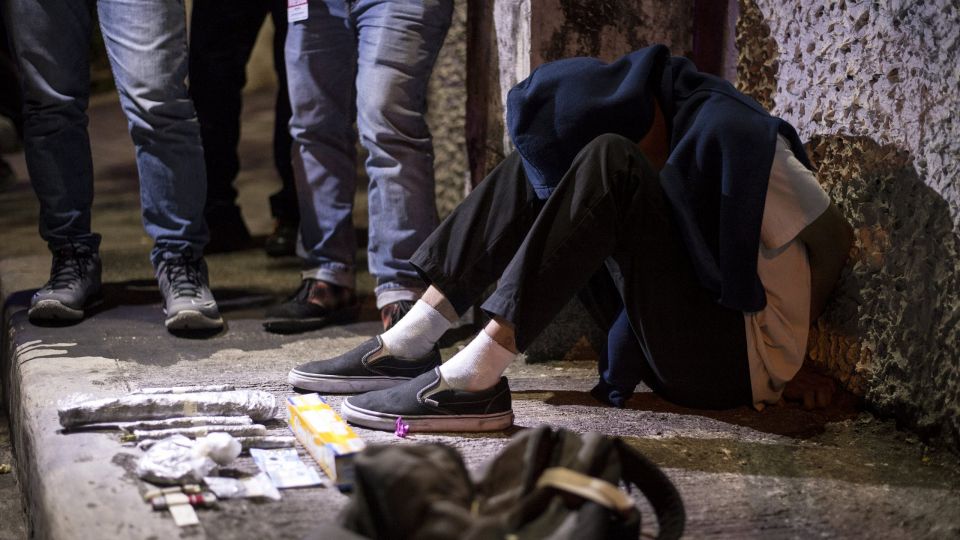June 26, 2018
An editorial in the Daily Inquirer asks hard questions of Duterte’s drug war.
This is the fundamental question of our time. Exactly how many people have been killed in the Duterte administration’s signature antidrugs campaign?
The police have been less than forthcoming. They tried the old redefinition trick, creating different categories. They gave conflicting numbers. They even raised what the Supreme Court called a “ridiculous” argument that submitting police documentation on the killings to the Court, in a pending legal case, would compromise national security.
After the Court warned them, through the Office of the Solicitor General, that “the OSG’s continued refusal… will lead this Court to presume that these information and documents, because they are willfully suppressed, will be adverse to the OSG’s case,” the PNP finally began submitting the information, but only in parts.
The result is a climate of impunity based in part on confusion: Most Filipinos know that thousands have been killed in the Duterte administration’s antidrugs campaign, but both the details on the deaths and the patterns behind the killings have been largely, and even deliberately, left obscured.
Today’s forum at Ateneo de Manila on “emerging evidence and data” — emerging, that is, from the government’s antidrugs campaign — promises to bring much-needed clarity to a murky situation.
The forum will showcase the first findings of an unprecedented research project by a consortium of universities that include Ateneo de Manila, De La Salle University, the University of the Philippines and the Columbia Journalism School (through its Stabile Center for Investigative Journalism).
It will feature scholarly studies done on community-based drug rehabilitation and on the role of local governments. But its highlight would likely be the public presentation of what its researchers believe to be the most comprehensive database on drug-related killings since the 2016 elections.
By comprehensive, the scholars do not mean the most number of killings or the most recent set of data; rather, they mean the most complete documentation of the killings: information about the victims (a vast majority of whom are named), about the incidents, about the types of killing.
The database is based substantially on the “kill lists” compiled, edited and produced by news organizations like the Inquirer, ABS-CBN and GMA.
But the researchers looked for other sources, cross-checked the available information, encoded all the data, and analyzed the result. (We understand that today’s public presentation is only the first; more presentations will be scheduled as the database is updated.)
Much of the data, even those included in the lists maintained by the news organizations, are based on police reports, with all their attendant limitations. And all of the data the scholars used were publicly available.
Much of the reporting on the forum will, in all likelihood, focus on the patterns that the consortium’s research team has discovered, after integrating and processing the data from various sources.
The first patterns they discerned are truly disconcerting. (The scholars provided the Inquirer an early look at the presentation, because we shared our dataset. But the material is embargoed until 10 a.m. today.)
While we should rightly be provoked by the troubling patterns in the administration’s antidrugs campaign, however, we should also direct our attention to other questions the landmark research project raises. Here are two:
First, what does almost complete dependence on police sources at the precinct level mean for the documentation of the killings?
It is true that very few news organizations have the resources necessary to mount independent investigations of every drug-related killing, but as long as the paperwork at the blotter level is reliable, news organizations can still depend on them.
What happens if the killings have reached such a scale that police precincts are instructed to fudge the details, to deliberately downplay the numbers?
Second, the picture that the consortium’s research project describes is based almost exclusively on media coverage.
What happens in those areas (many outside the National Capital Region) where lack of resources prevents local news organizations from covering or reporting drug-related killings?
The researchers are upfront about this serious limitation of the database; but it also means that the complete picture of drug-related killings must be worse than reported.
“How many deaths will it take before he knows that too many people have died?”
The answer is no longer blowing in the wind; it has been codified into hard data.


